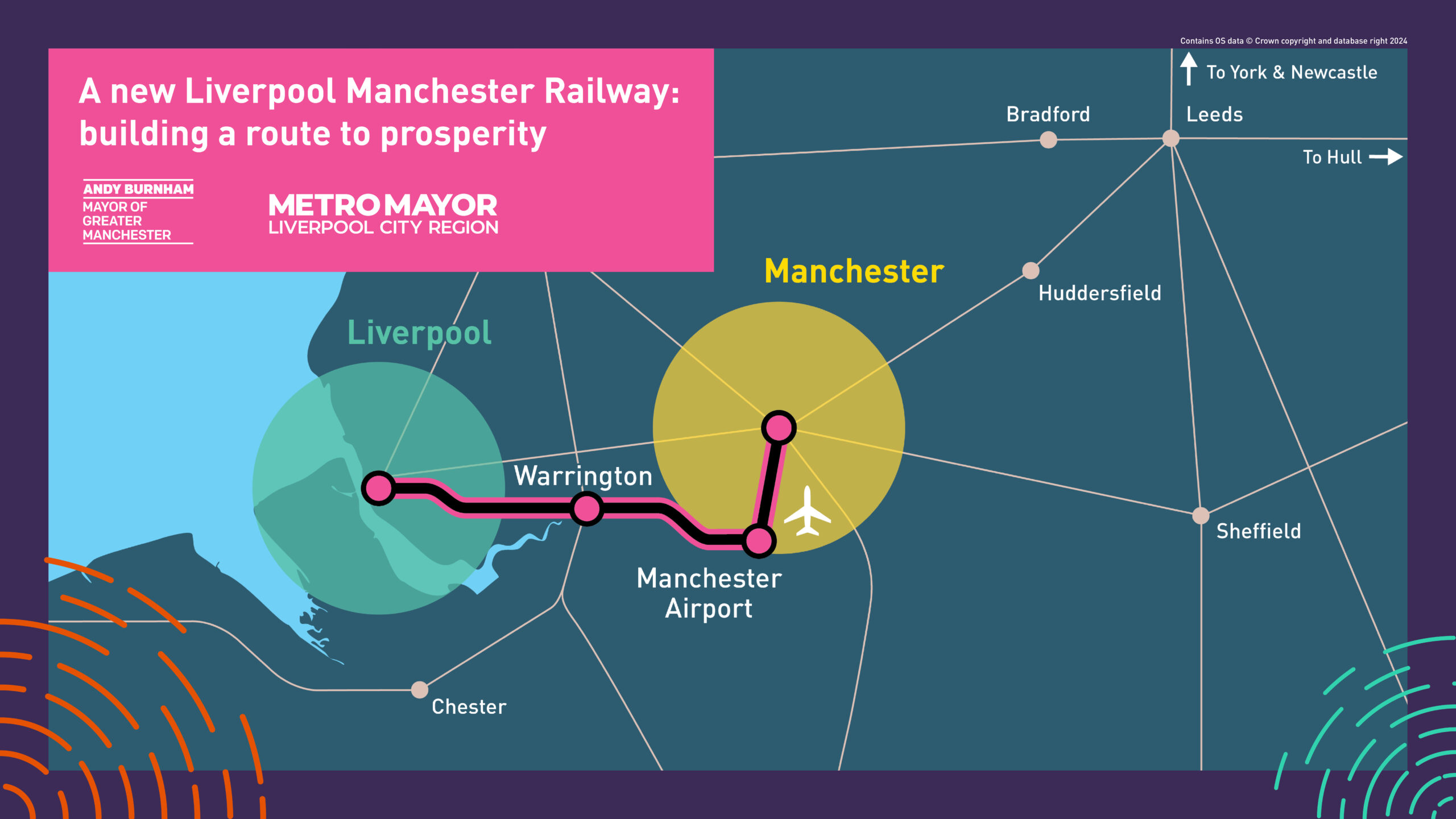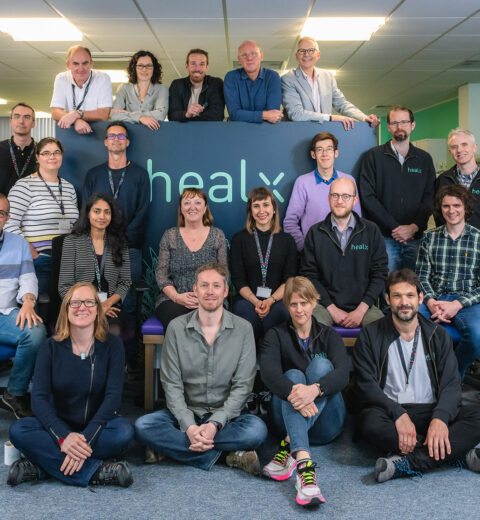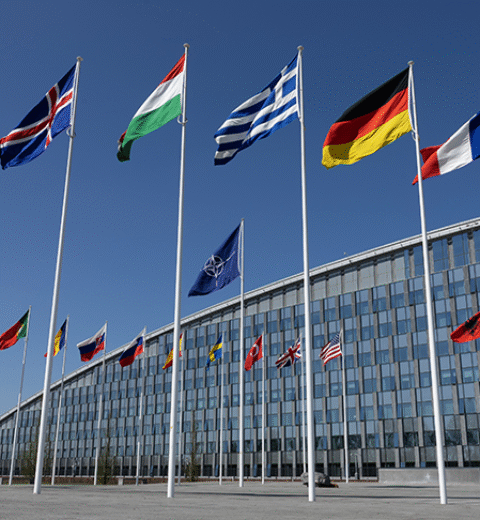
Regional leaders in Greater Manchester and Liverpool City Region are working together to propose a new initiative aimed at improving the UK’s biotech and life sciences infrastructure. Central to the proposal is the development of a new rail link between Liverpool and Manchester, which they argue would enhance collaboration between existing biotech hubs and support future investment in the sector.
The area, referred to as the Northern Arc, spans from the Mersey to the Pennines and includes two designated Investment Zones. The North West already contributes approximately £150 billion in GVA annually, and hosts a growing number of health and life sciences organisations. According to economic studies cited by the mayors, the proposed railway could generate up to £7 billion in additional GVA, support the development of 300,000 new homes, and help create over 40,000 jobs by 2050.
Leaders are working with independent economists to assess the potential for the North West to serve as a nationally significant life sciences cluster. Part of that work includes comparing the region’s potential to the existing Oxford-Cambridge Arc, which is often cited as a successful model for regional innovation and investment in biotech. While no formal conclusions have been published, early indications suggest the Northern Arc could play a complementary role in expanding the UK’s biotech infrastructure.
Existing Life Sciences Activity in the Region






